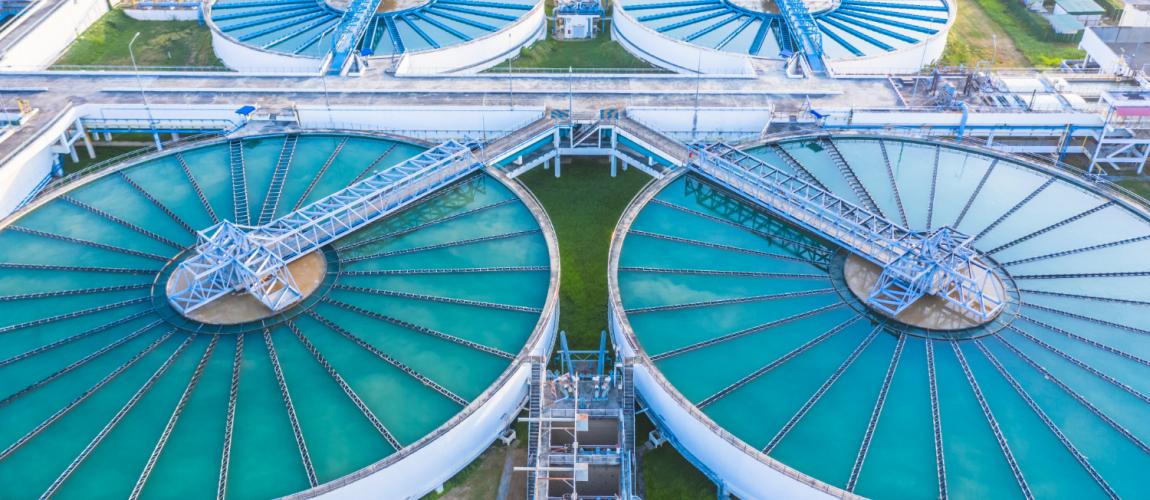Waste Water Treatment Plant, Udaipur, India

Photo Credit: Image by Freepik
On this page: A case study on Waste Water Treatment Plant, Udaipur, India. Find more at the Municipal Public-Private Partnership Framework - Project Summaries section for brief summaries of around 100 projects from around the world, examples of successes and challenges, as well as innovative ideas on solutions, or visit the Guidelines to Implementing Asset Recycling Transactions Section Overview and Content Outline, or download Full Version of the Report.
Project Summary: Background Udaipur, a city located in the water-scarce Indian state of Rajasthan, is an economically dynamic city and a popular tourist destination. Before 2012 Udaipur city produced, on average, around 70 million liters of sewage per day. Due to the city’s inadequate wastewater infrastructure, the city was struggling to maintain the cleanliness of its lakes, which were being contaminated by the raw residential sewage. In September 2012, a court order was issued to hotels and the municipality to deal with the problem. The local authority decided to pursue a PPP to deliver the infrastructure needed to comply with the court order. Project Structure In 2012, a 25-year PPP contract was executed between Hindustan Zinc, a major corporate zinc mining company, and the local government authorities, which included the Udaipur Municipal Corporation and Rajasthan State-Owned Urban Improvement Trust, to develop the city’s first Wastewater Treatment Plant (WWTP). From the publicly available sources, the project appears to have originated as an unsolicited proposal initiated by Hindustan Zinc. Hindustan Zinc’s involvement in the project was motivated primarily by its goal of finding options for additional water resources that would reduce its dependence on freshwater extraction. This is also Hindustan Zinc’s efforts to increase its production and sustainability. The private partner undertook to design, build, own, and operate the WWTP for the full length of the contract, after which it would be transferred to the Government of Rajasthan in 2039. The private partner was also responsible for fully financing the investment cost of the new WWTP (estimated at USD 27 million), land acquisition, and construction of the WWTP and the 78 km pipeline linking the WWTP with the industrial complex. The local government contributed 70 percent of the cost for the pipeline connecting the city’s sewerage system with the WWTP. From the publicly available sources reviewed, it is unclear what entity contributed the remaining 30 percent of the cost for this pipeline or is responsible for operating and maintaining this pipeline. The WWTP was expected to have the capacity to treat 20 million liters of sewage per day, or about 30 percent of Udaipur’s domestic sewage, using Moving Bed Bio-reactor technology. The treated effluent produced by the WWTP, amounting to 20,000 m3 per day, would be used by Hindustan Zinc for its mining and smelting operations, specifically the beneficiation plant at the mining location, during the smelting process, and the cooling towers of the captive power plant. However, Hindustan Zinc’s operations only required 9,500 m3 of treated affluent per day, so the excess treated effluent would be used in horticulture or released back into the river. Also, the WWTP would produce treated manure, amounting to 120 tons per year, which would be sold by Udaipur Municipal Corporation to local farmers. Sales of the treated manure were expected to generate annual revenue of around USD 156,000. Lessons Learned During the construction period, the private partner faced many challenges. Concerning land acquisition, the company had difficulty identifying a financially viable site for the WWTP and negotiating with local stakeholders. Further challenges arose in the process of laying pipe-network in busy areas and from operational difficulties at the Hindustan Zinc Industrial Complex. However, these problems were overcome through the continued effort of the private partner to communicate closely with neighboring communities and the local government to acquire necessary approvals and to obtain acceptance of marginal modifications to the wastewater treatment process. Construction was completed in 2014, and the project has successfully helped Hindustan Zinc reduce its water extraction by 60 percent, from 16,500 m3 per day to 7,000 m3 per day. It also improved the water quality of the Ahar River and Pichola and Udai Sagar lakes, increasing the tourist appeal of the area. Due to the success of the project, Hindustan Zinc has announced its intentions to scale up the project’s capacity from 20 to 60 million liters per day.1 Footnote 1: Source(s): https://www. waterscarcitysolutions. org/wp-content/ uploads/2016/02/AInnovative- publicprivate- partnership.pdf accessed 12 February 2019 http://www. indiasanitationcoalition. org/resources/Case- Study-Hindustan-Zinc. pdf accessed 13 February 2019 https://csrbox.org/ India_CSR_Project_ Hindustan-Zinc-Ltd- Sewage-Treatment- Plant-Rajasthan_7398, accessed 28 March 2019.
This is a new section of the PPPLRC website and is currently in draft form. Your feedback is welcome: If you would like to comment on the content of this section of the website or if you have suggestions for links or materials that could be included please contact us at ppp@worldbank.org.
To find more, visit the The Municipal Public-Private Partnership Framework - Project Summaries section, the Guidelines to Implementing Asset Recycling Transactions Section Overview and Content Outline, or download Full Version of the Report.
Updated: March 9, 2024